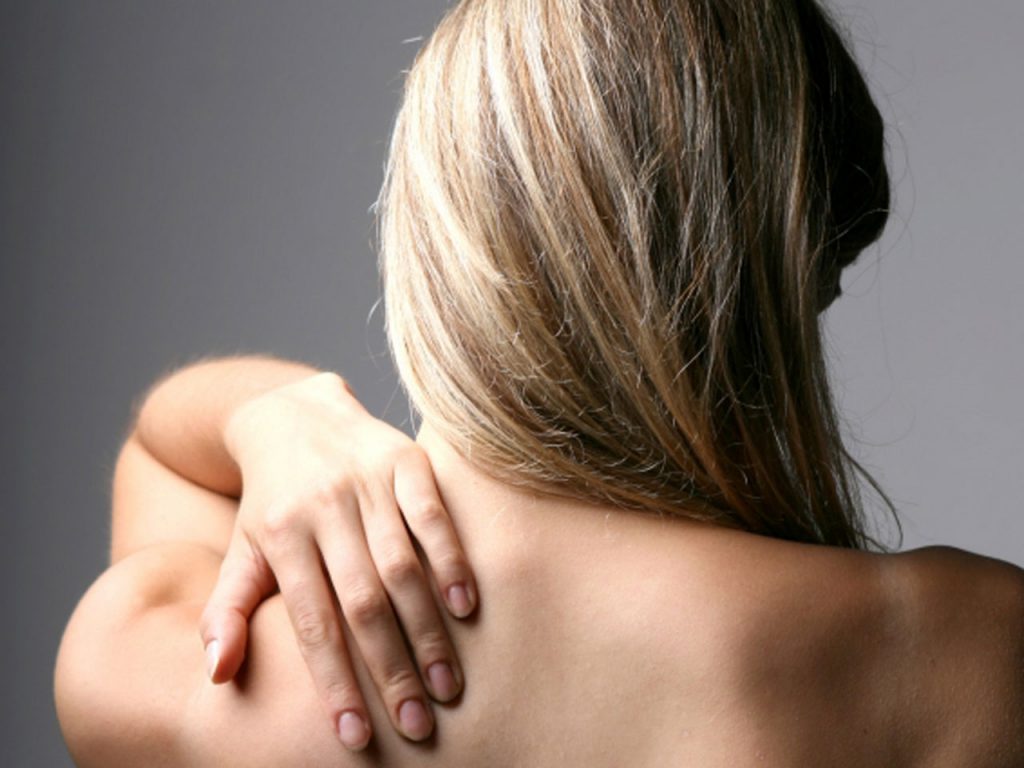Treating with the hands
Causes of frozen shoulder
Frozen shoulder occurs when the sleeve that surrounds the shoulder joint, known as the capsule may become swollen, thickened and painful. It’s unclear why this happens.

The shoulder is a ball and socket joint. The end of your upper arm bone (humerus) sits in contact with the socket of your shoulder blade (scapula). The shoulder capsule is fully stretched when you raise your arm above your head, and hangs down as a small pouch when your arm is lowered.
In frozen shoulders, bands of scar tissue form inside the shoulder capsule, may cause it to thicken, swell and tighten. Meaning there is less space for your upper arm bone in the joint, which limits movements.
Who’s most at risk?
It is not always possible to identify or fully understand what causes a frozen shoulder and how it occurs. However certain factors and lifestyle, could increase your risk of developing it, which are indicated below.
After a shoulder or arm injury, such as a fracture, or after having surgery to your shoulder area, as a result of keeping your arm and shoulder still for long periods of time, during your recovery stages. You may experience a tightening in the shoulder capsule, from lack of use. Because of this, it is important not to ignore a painful shoulder injury and to always have it diagnosed. Stress and tension could make the injury worse and when sleeping under an air conditioning system, could also be a possibility too.
Realignment treatment for frozen shoulders
The treatment method I use,is simple and effective for the painful shoulder areas. I’m using my hands to open and realign the blocked channels. A gentle pressure is exerted onto the upper arm. When working with the breath, the client is asked to breathe in and hold the breath on a count of 15 seconds and release throughout the treatment. I may have to massage the under arm, which could also be tight and stiff, if needed.
I monitor the pain and progress of my client, at short intervals throughout the treatment, until the full range of movement in the upper arm and shoulder, is achieved and the pain has diminished. After the treatment I show the client some simple exercises, to help strengthen and maintain the shoulder and arm alignment.
